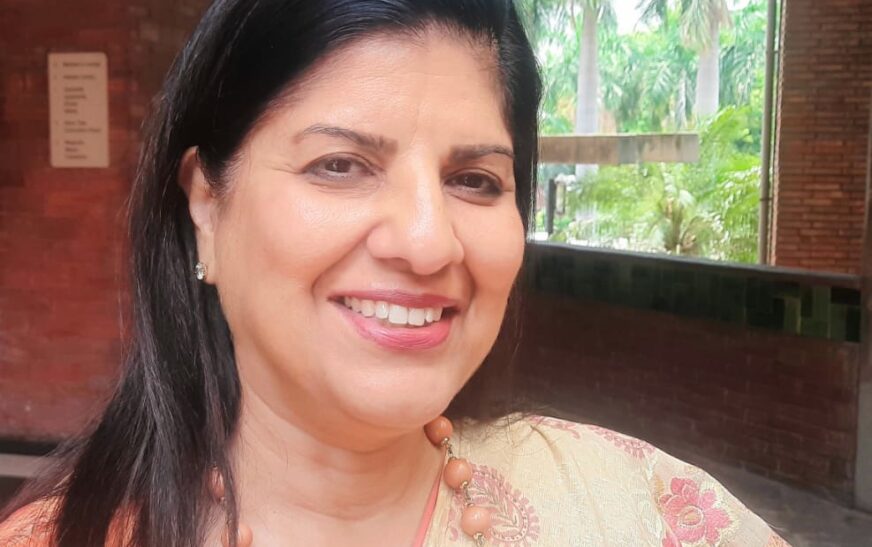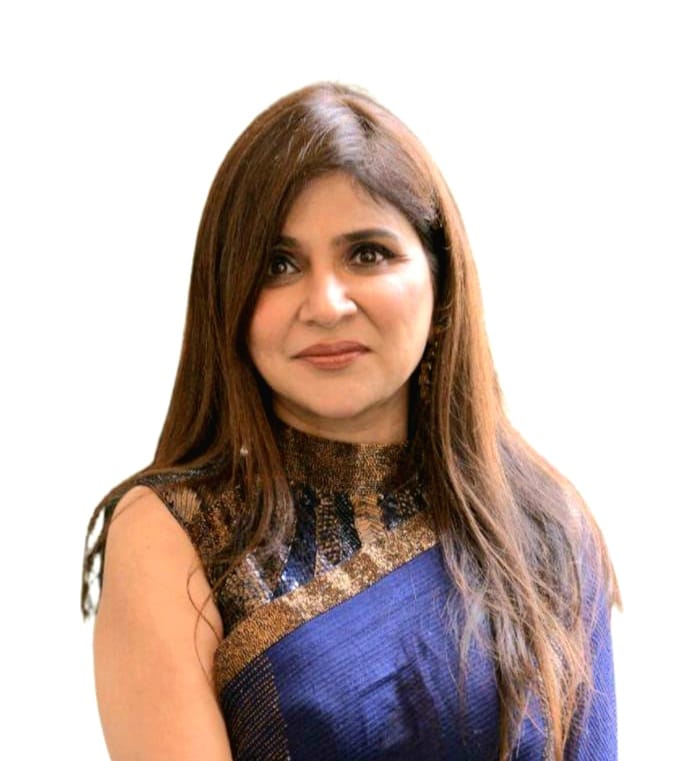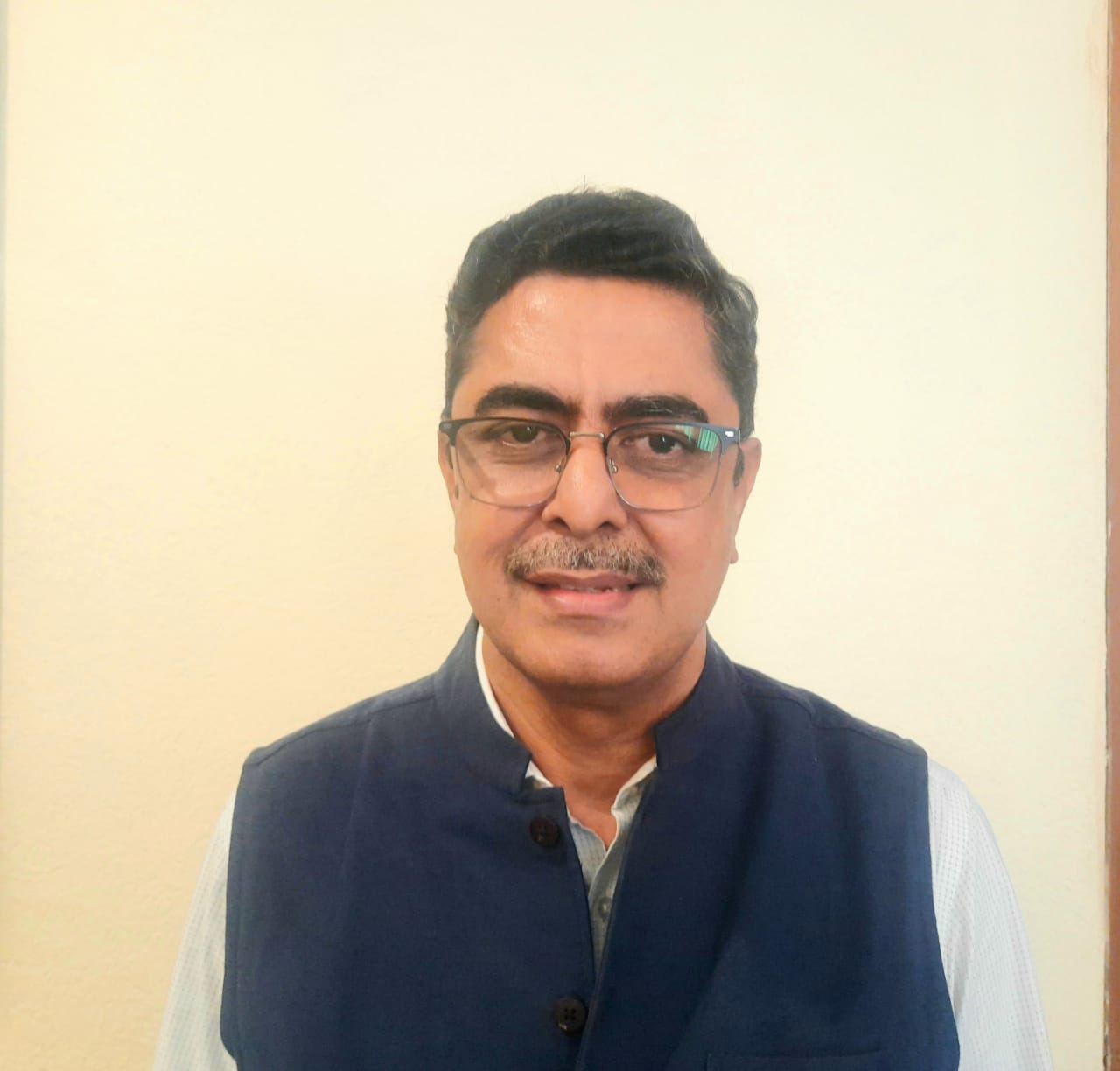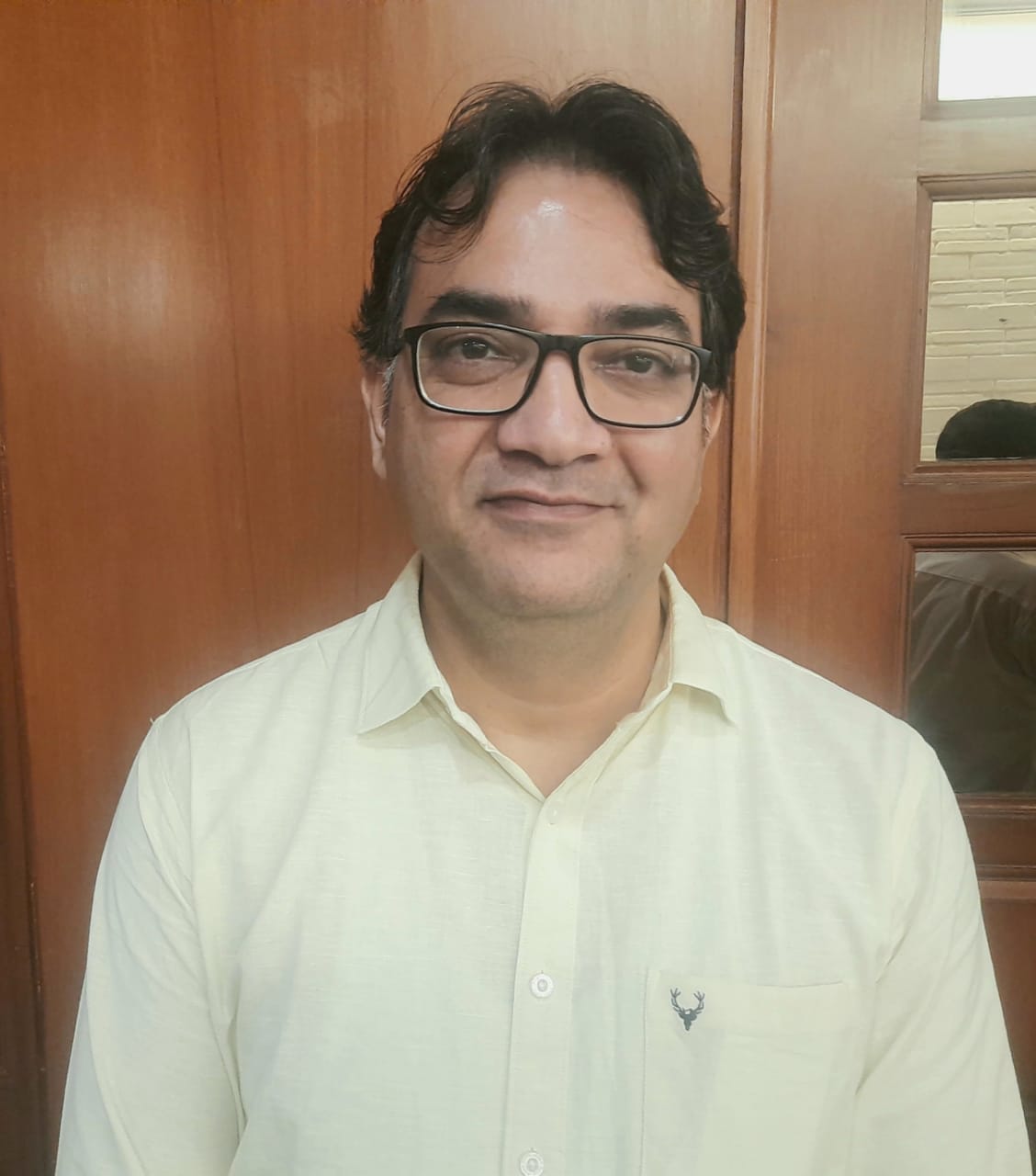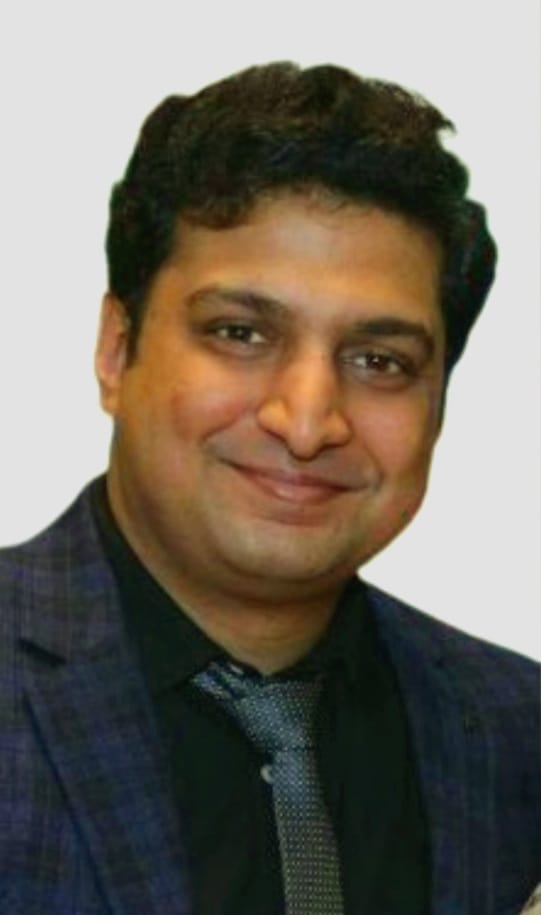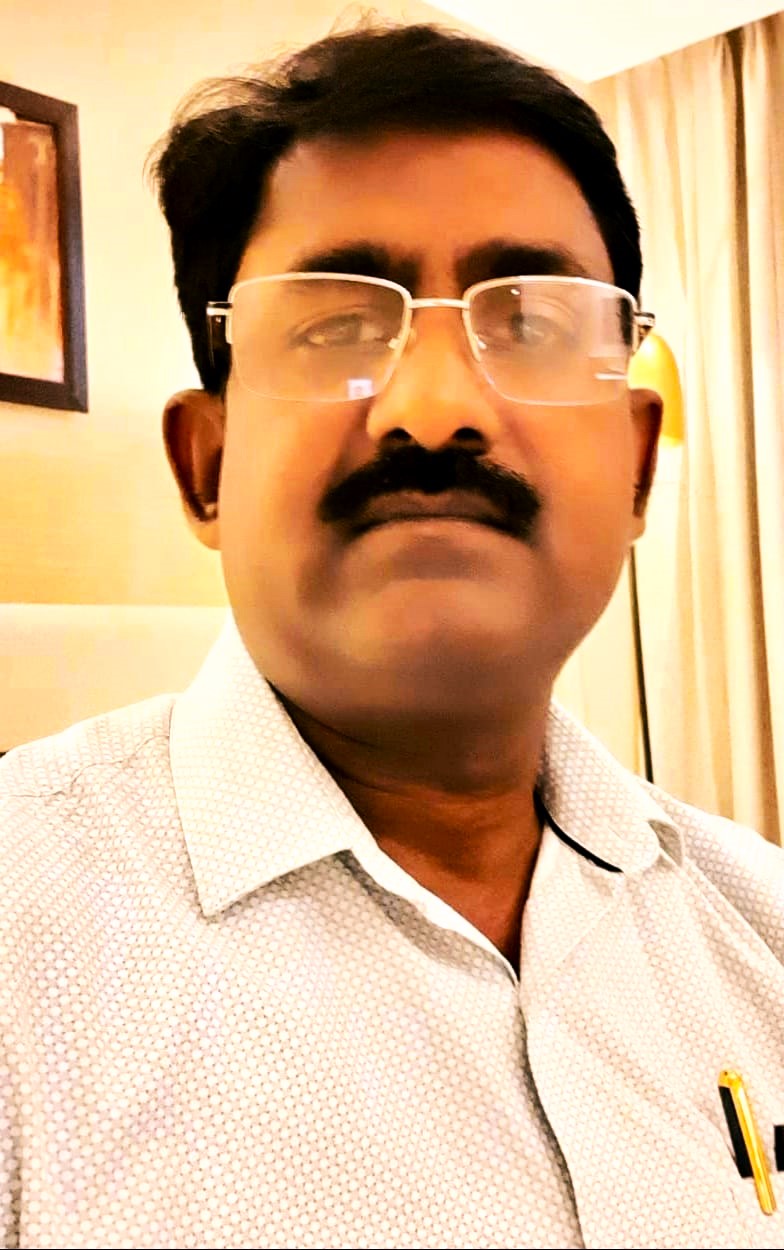Chronic ailments—obesity, diabetes, hypertension, and anaemia—rarely stand alone. Instead, they lay a silent yet lethal foundation for malignancy. Excess weight sparks relentless inflammation and warps hormone profiles, coaxing cells to multiply without restraint. Type 2 diabetes floods tissues with insulin and glucose, bathing them in a biochemical brew that feeds tumours. High blood pressure scars blood vessels and weakens immune sentinels, letting rogue cells slip through defences. Meanwhile, anaemia—often born of poor diet or chronic disease—starves organs of oxygen and stalls cellular repair. Each disorder erodes the body’s defences; together they cripple metabolism, blunt immunity, and ignite a cascade that drives cancers of the breast, colon, liver, and kidney. Consequently, mastering lifestyle disease isn’t routine maintenance; it’s frontline cancer prevention. True wellness hinges on a holistic radar that spots one hazard to avert many. Prevention thus becomes both shield and strategy.
During a special celebration of 5 Years of Sangini Saheli, The Interview World had the opportunity to have an exclusive dialogue with Padma Shri Dr. (Prof.) Neerja Bhatla, Senior Consultant Gynaecologist and Gynae Oncosurgeon, Consultant to WHO International Agency for Research on Cancer and Former Head, Department of Obstetrics and Gynaecology, AIIMS, New Delhi. In that conversation, Dr. Bhatla underscored the link between lifestyle diseases and cancer, shared insights into the progress made in cancer treatment over the years, and highlighted India’s global positioning in cancer treatment. Furthermore, she explained how awareness plays a critical role in preventing cancer and underlined the factors that have triggered recent surge in cancer cases. Here are the key takeaways from her compelling conversation.
Q: What is the link between lifestyle diseases and cancer, and how can preventive strategies targeting these conditions help reduce the nation’s cancer burden?
A: Our country faces significant health challenges, including obesity, diabetes, high blood pressure, and anaemia. These conditions, particularly diabetes, high blood pressure, and obesity, are directly linked to numerous cancers and contribute to a range of other serious health issues. By proactively managing these diseases, we can effectively address 80% of the nation’s health problems.
Q: What progress has been made in cancer treatment over the years, and how does India’s current standing compare with global benchmarks?
A: India possesses the resources and expertise we need. Yet the real challenge lies in reaching every citizen. Distribution, not availability, remains our Achilles’ heel.
Therefore, we must broaden our reach. We must intensify outreach. The agenda before us is vast—and unending.
Public‑private partnerships can accelerate progress. Grassroots organisations such as Sangini Saheli prove indispensable. They listen to communities and feel their pulse.
Indeed, health is a state subject, entangled with deep socio‑cultural threads. Local advocates understand what people will embrace. They bridge trust and tradition.
Thus, our mission transcends mere supply. We must guarantee accessibility and affordability. Only then can every programme achieve its promise.
In short, we must weave all collaborators—government, private sector, and civil society—into one integrated effort. Together, we can transform potential into universal care.
Q: Awareness is often cited as a critical factor in the early detection and prevention of cancer. In your view, how significant is public awareness in reducing the burden of cancer, and what more can be done to strengthen it?
A: Preventive care begins with foresight. Most people remain oblivious to ailments incubating beneath the surface, simply because no symptoms announce their arrival. Therefore, we must illuminate the earliest warning signs— and, crucially, point to the investigations that expose them.
Next, heredity demands attention. A single diagnosis rarely travels alone; family history often invites unwelcome companions. When individuals grasp their genetic risks, they can act decisively instead of surrendering to inevitability.
Moreover, lifestyle choices wield extraordinary influence. Purposeful nutrition, disciplined exercise, and balanced living are not optional embellishments; they form the first line of defence against chronic disease.
For women, menstrual hygiene deserves special emphasis. Proper practices avert countless infections and disorders, yet stigma still silences the conversation. By speaking openly, we dismantle that shame and replace it with knowledge and agency.
In this context, the Sangini Saheli initiatives shine. They do more than dispense information. They empower women to lift their heads high, claim their health, and stand as equal partners in wellness. When formal education converges with such hands‑on support, prevention becomes a shared, celebratory pursuit—one that lasts far beyond a single workshop or leaflet.
Q: What factors do you believe are contributing to the recent surge in cancer cases within our society?
A: Yes, this issue is weighing heavily on people’s minds.
But why is it happening? First, an aging population plays a role—increased longevity naturally leads to higher cancer rates. Yet the more pressing concern is the rising incidence among younger people.
Much of this trend links to lifestyle choices. Beyond that, we must also consider environmental factors—climate change, pollution, and degraded ecosystems.
Then there’s diet. Traditional Indian eating habits have long been nutritious and balanced, but the shift toward Westernized food fads may contribute to the problem.
However, cancer is not a single disease; each type has distinct causes, even if the outcome is similarly devastating. To combat it effectively, we must understand these differences—and spread that knowledge widely.


